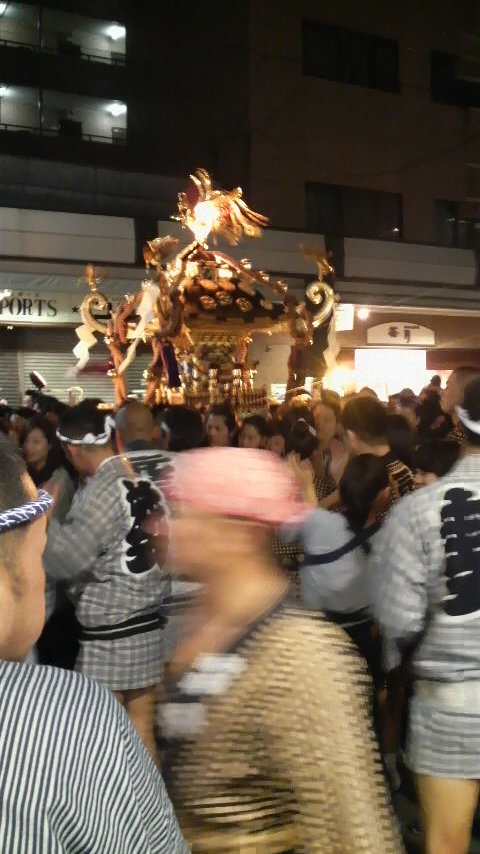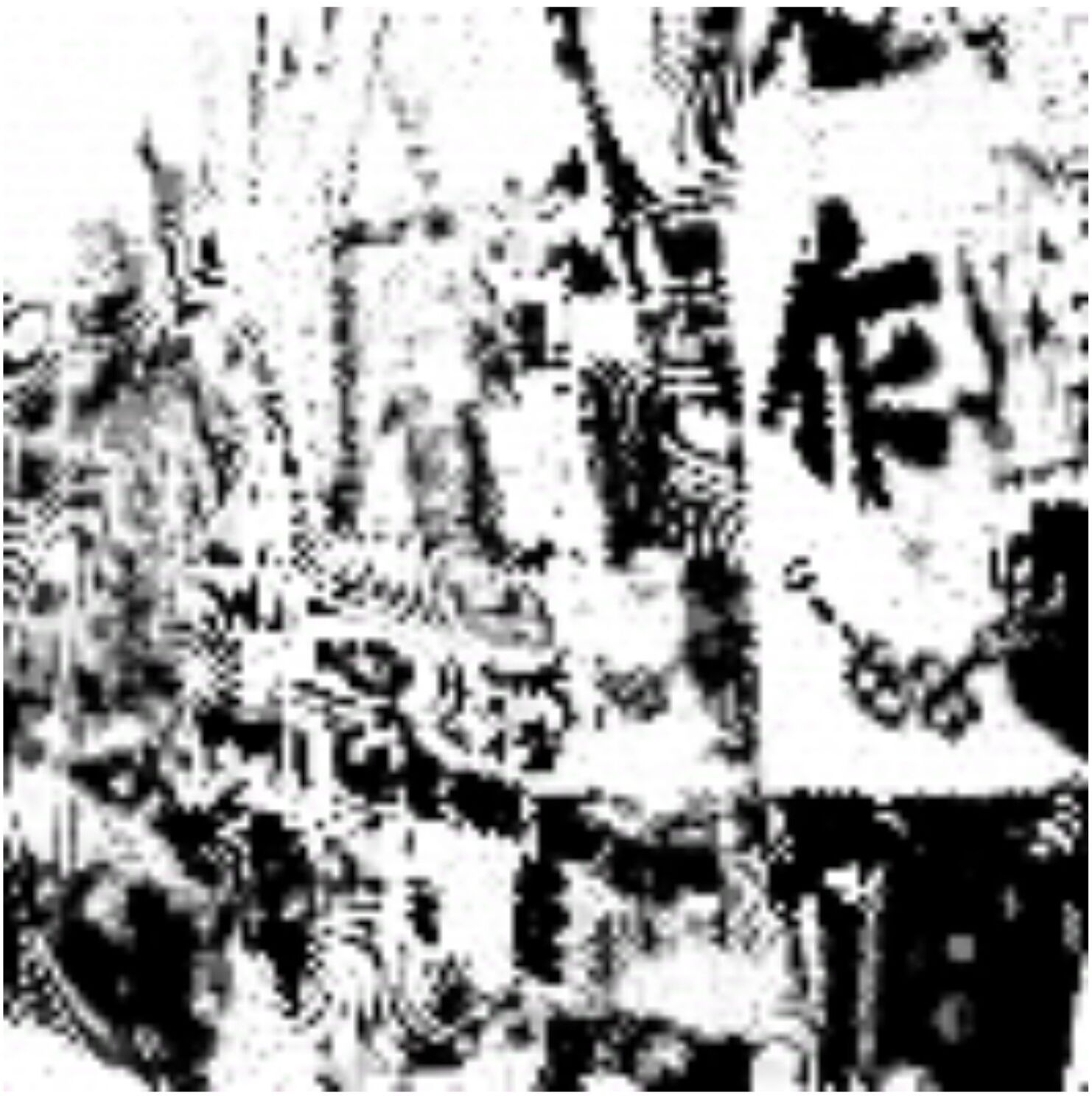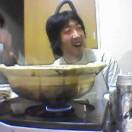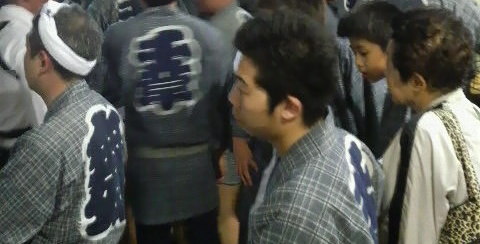Asakusa
WOULD YOU LIKE TO GLIMPSE A GEISHA, EAT CURRIED WHALE MEAT AND RICE, OR BUY A (POSSIBLY COSPLAYED) SAMURAI SWORD? Do you dream of being a dancer of a standup comedian, but just never manage the delivery? Asakusa might be the answer to your prayers. Crowded on to the bank of the Sumida River (隅田川) in Tokyo's northern suburbs, Asakusa is one remnant of the old "downtown" (Shitamachi) area of Edo fame. (Eds. note: the name Shitamachi is somewhat confusing: it does not mean "downtown" in the Manhattan sense, but rather refers to the lowlands upon which this city is built. These days, "downmarket" might be more apt a term...)It is a town that seems to have had better days, but is fascinating nonetheless. During the middle of the 20th Century, Asakusa was one of the most famous entertainment quarters in all of Japan. The working class, Shitamachi element still shows in the sometimes dilapidated housing styles and homeless tents on the river. There are also lots of temples, the foremost of which is Sensoji Temple, built in 645AD. The temple was built in honor of the Goddess Kannon, from which the Japanese company Canon got its name, believe it or not...

It might just be one square kilometer in the Old City, but it is sure jam-packed. During the day, shops sell sembei crackers, agemanju (Asakusa's signature snack), green tea powder, and various substances derived from this powder. On cold weekend nights, chairs spill on to the pavement, beer is served to ruddy-faced huddles, and yakitori cooked over steaming braziers. Often it is enough just to stroll the streets, some of which are covered. Artisans sit inside their tiny premises, tinkering away.. From time to time, a rickshaw might squeeze past, or a crowd of locals carrying a mikoshi. There are often vivid festivals held here, especially in summer. During my first stay in Asakusa, I stumbled upon a festival held near my lodgings, the Tori no Ichi Fair, and was pushed by the attendant throngs into a temple. In front of me, there hung the object of everyone's devotions: a strange fanlike shape, or maybe it was a rake, adorned with fake leaves and flowers, kanji scrolls, and even a cat. Looking around, I noticed that one man held a real cat aloft, startled. I thought to myself: This is so weird.

This is Asia. Of the seven original districts of Asakusa, Rokku (六区) has always been the most popular. It was the most happening place in the land, in fact, and boasted ts own Broadway, and even its resident deities (the Roku Geishin, or Six Gods of the Arts). The shamisens are gone, but you are still welcome to pray at a local shrine to one of the six Geishin for inspiration in acting (演技) or comedy (戯け)..

Crossing Kokusai Dori to the west of Broadway, the charm continues. Traditional homes survive to this day, amongst all the tiled exteriors of the newer buildings, with their microbalconies. There is a vending machine on every street corner. Several blocks west, you reach Kappabashi, the kitchen goods district with whole stores devoted to pots and pans, lanterns and noren. You can also buy plastic models of Japanese meals, like tempura and sushi.

